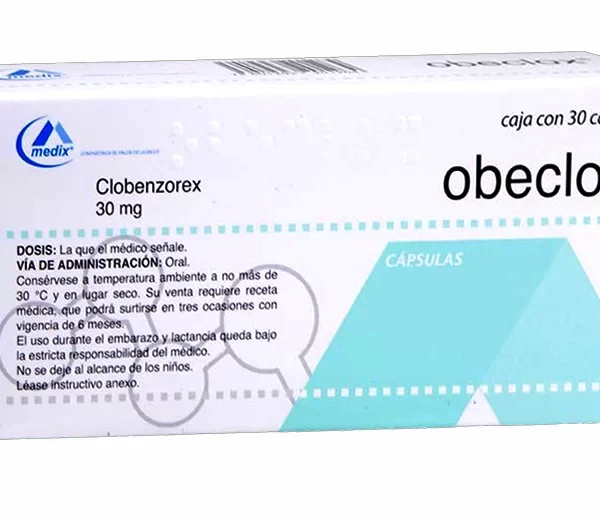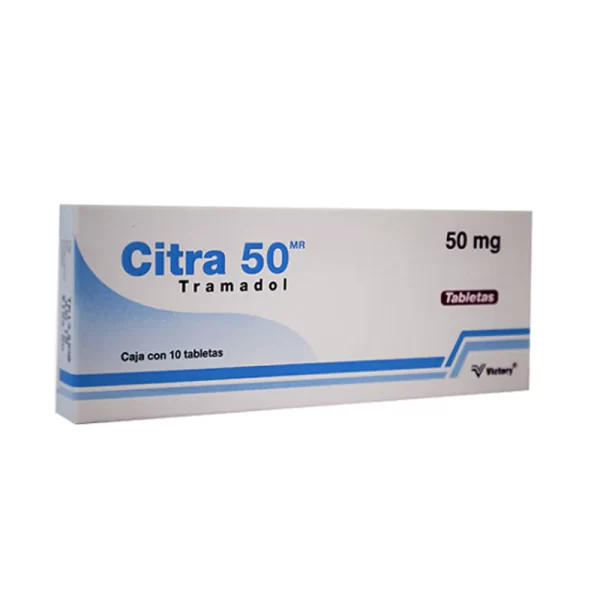Description
Buprenorphine (tablets) is an opioid analgesic with low addictive potential. It is a partial agonist of μ-receptors and an antagonist (to some extent) of κ-receptors. The effectiveness of the drug is slightly inferior to morphine.
Buprenorphine: mechanism of action
Administration of Buprenorphine (tablets) promotes disruption of conduction of pain impulses in afferent pathways of CNS. Against the background of stimulation of postsynaptic opioid receptors, there is inhibition of activation of insertion neurons (this occurs under the influence of the mediator) and disruption of the depolarization process of the postsynaptic membrane.
Also, administration of Buprenorphine (tablets) is associated with the strengthening inhibitory effects of descending antinociceptive system on pain impulses in the CNS (more precisely – in its afferent pathways).
Taking Buprenorphine (tablets) contributes to the change of emotional coloring of pain syndrome. The reaction to it also changes. As a result, the transmission of pain impulses is disrupted at the level of the spinal cord.
If this product does not meet your needs or interests, you may want to look at Tylex CD 500mg/ 30mg 30 Caps (Paracetamol/Codeine) Please visit this link for further information on our Pain medicine.
Buprenorphine: half-life
The active ingredient is eliminated from plasma within 2-4 hours. Complete elimination of the 1st dose sometimes takes up to 6 days. Its detection time in urine is about 36 hours.
Buprenorphine: dosage for pain
The drug is administered by injection and sublingually (under the tongue). When injected intramuscularly and intravenously, the dosage is 0.3-0.45 mg. If the pain is severe, injections are given every 6-8 hours.
Buprenorphine (tablet) is taken at a dose of 0.2-0.4 mg. Buprenorphine (0.2 mg) is the minimum dose. In severe pain, it may be increased to a maximum of 1.8 mg.
Buprenorphine: dosage
The dosage of Buprenorphine (tablet) increases gradually, depending on the clinical effect. The average daily maintenance dose is 8 mg.
The dose is titrated according to the severity of the clinical condition. If stabilization is not achieved on a dosage of 8-16 mg/24 h, it is attributed to inappropriate administration of the drug. In such cases, alternative treatment options are considered.
Once satisfactory stabilization is achieved, the dose of Buprenorphine (tablet) may be reduced. If the physician determines it is appropriate, treatment is discontinued.
Buprenorphine and alcohol
It is not recommended that Buprenorphine tablets be taken at the same time as alcohol-containing products. Otherwise, the depressing effect on the CNS is intensified. This can have a particularly strong effect on the respiratory center.
Side effects of buprenorphine
Buprenorphine pills may cause an allergic reaction. This is mostly manifested by facial hyperemia. Sometimes a characteristic (vesicular) rash appears on the face, accompanied by excruciating itching. After taking an antihistamine drug, the unpleasant symptom disappears.
Less frequently, taking this drug provokes the development of Quincke’s edema. This condition is accompanied by swelling of the face and trachea and laryngospasm (sharp involuntary contraction of the muscles of the larynx, leading to complete closure of the vocal slit). There may be some swelling or burning at the injection area.
Some people complain of problems with their respiratory system:
- Bronchospasm (narrowing of the lumen of the small branches of the bronchial tree);
- Respiratory center depression (a pathology in which the normal blood gas composition is not maintained)
- Atelectasis (loss of airiness of a part of the lung, occurring acutely or over a long period of time).
Against the background of taking the medicine, a person may feel nauseous and vomit. Sometimes this condition is combined with loose stools and dry mouth. Some people complain of excruciating stomach cramps.
Individuals over 50 years of age report sharp spikes in blood pressure and tachycardia/bradycardia.
Younger patients present with complaints of nervous system abnormalities. They complain of weakness (increased toward the end of the day), drowsiness (present throughout the day), and dizziness. Some have impaired coordination of movements.
There is an increase in IOP (with the possibility of impaired circulation in the brain). Depersonalization and hallucinosis are sometimes observed.
Against the background of high doses, CNS is depressed, and stiffness of respiratory muscles is observed.
Buprenorphine: Interactions
Caution should be exercised when combining Buprenorphine pill with:
- Sedatives (particularly benzodiazepines). Adverse reactions: sedation, respiratory depression, coma, and death. Caused by additive CNS depressant effects
- Opioid analgesics. When taking them simultaneously with the Buprenorphine pill, patients may have difficulty achieving sufficient analgesia. There is also a high risk of overdose
- Naltrexone. This drug is an opioid receptor antagonist. It can block the pharmacological effects of Buprenorphine
- Gabapentinoids. Against the background of respiratory depression, this combination can be lethal.
You can inexpensively buy Buprenorphine online on site. Just fill out an application form and provide your name and address. The order is delivered all over Mexico and the USA.



















Reviews
There are no reviews yet.